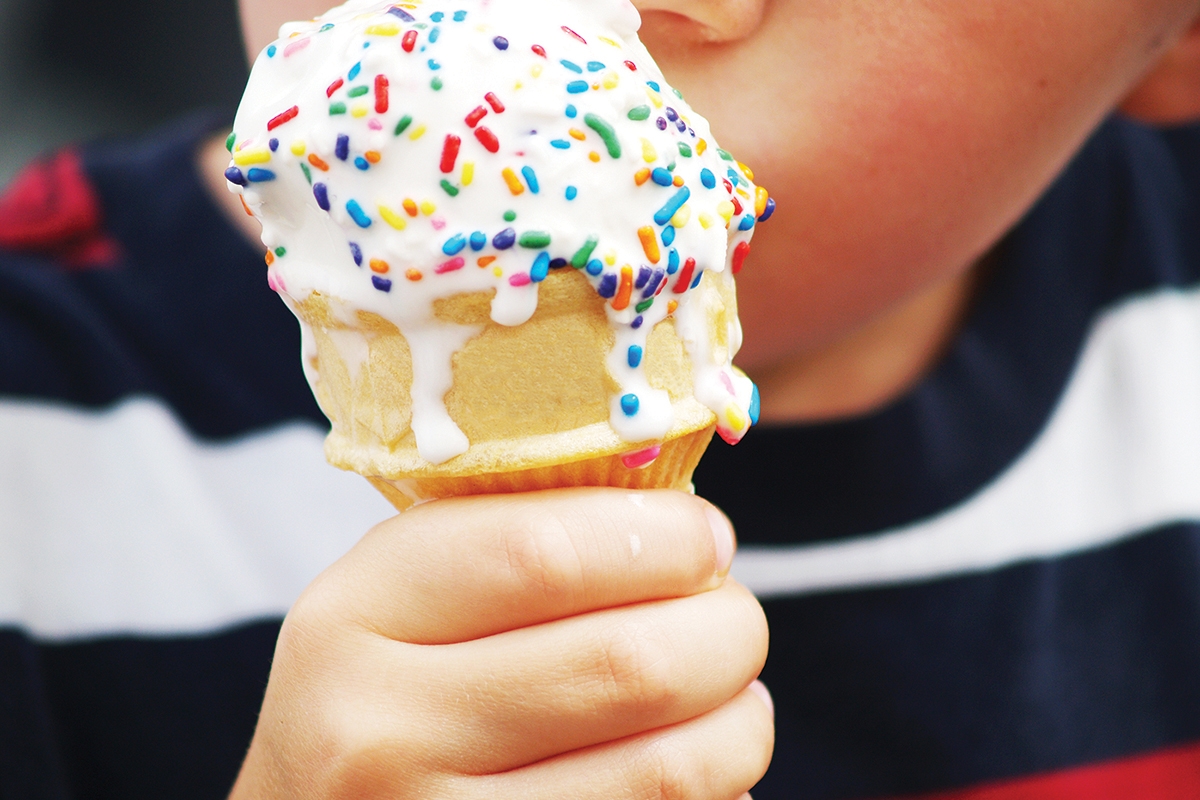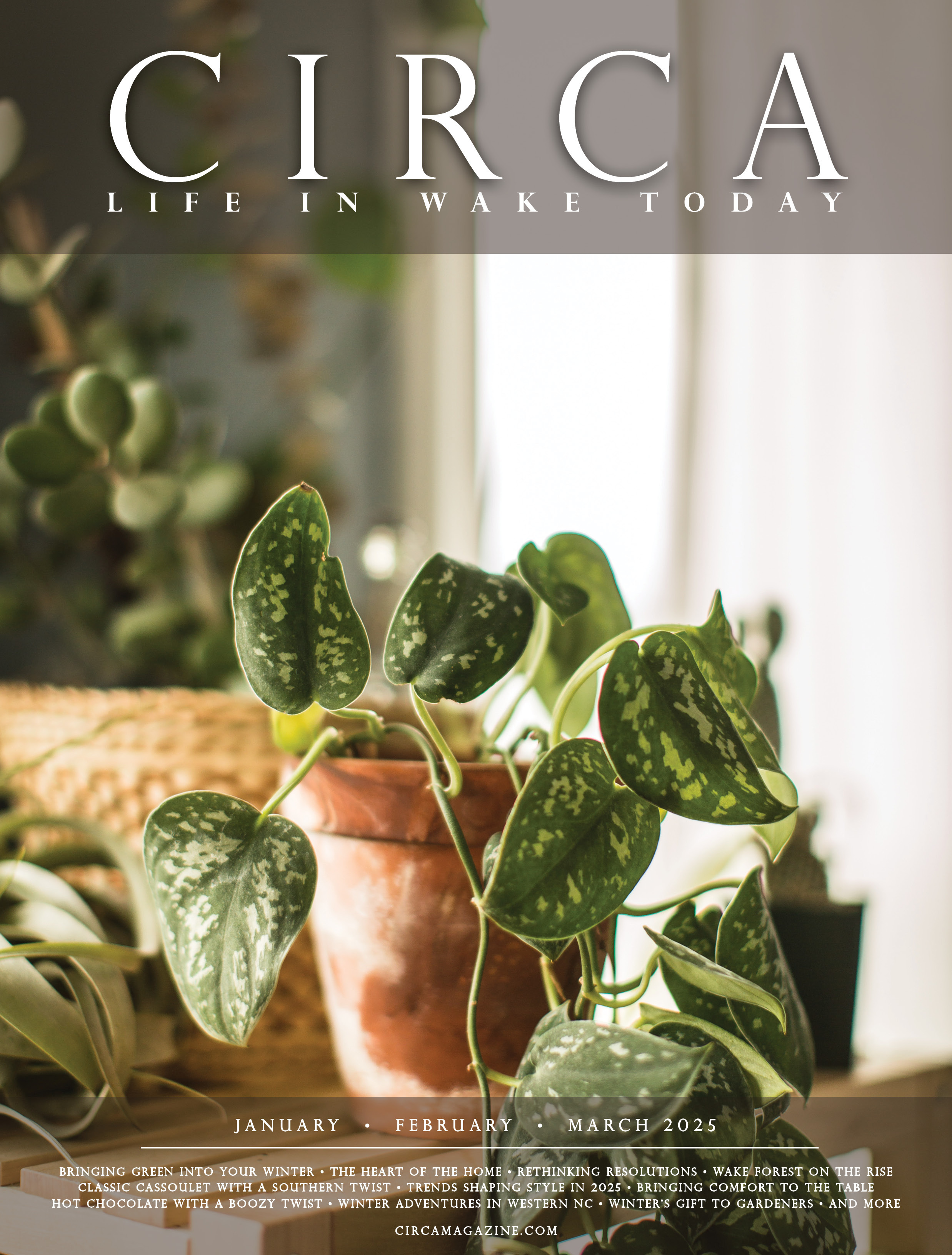Summer Stains
Your Guide To Removing Your Guide To Removing Pesky Seasonal Spills, Splatters, Smears, And Smudges

Summer has arrived, and brought with it more party, play, and free time – but also more chances for little accidents that make household stains happen. Never fear! Simply keep this handy guide nearby for treating common stains on carpets and furniture upholstery.
First, a few universal guidelines for treating all stains:
– Before using any solutions, always test in an inconspicuous spot;
– Start gently and escalate slowly ... repeat gentler steps several times before moving to harsher methods that could discolor or otherwise damage stained surfaces;
– Air dry completely between treatments, as some stains only reappear when dry;
– Never mix stain-fighting solutions, especially chlorine bleach with ammonia, as it generates highly toxic fumes;
– Avoid using high heat until you are sure a stain is gone completely, as this can set the stain forever;
– When in doubt (or unsuccessful), call a professional.
For most common stains, different solutions may be recommended depending on stain chemistry, but the same four-step treatment method applies.
1. Promptly blot away as much of the spill as possible using paper towels or clean white cloths. If a stain has dried, use a spoon or the back of a butter knife to scrape away as much as possible, starting at the edges and working inward. Then add a bit of cold water to re-moisten the stained area.
2. Using the following recommended solutions, alternately spritz, sponge, or dab onto the stain, then blot dry, using a clean white cloth or paper towel. Turn the cloth or towel with each blot until you can see no more of the stain transferring to the cloth.
3. Allow to dry and repeat previous steps several times before moving on to harsher or store-bought stain-removal solutions, which carry risks of causing damage.
4. Once a stain is gone, thoroughly rinse away any solution residues and blot to dry.
– Ketchup or mustard. Start with a solution of clear dishwashing liquid in lukewarm water. If the stain persists and textile is light in color, try a weak solution of either hydrogen peroxide or ammonia in water, noting that both may have bleaching effects.
– Popsicles and fruit-flavored drinks containing bright dyes. Start with a small quantity of clear dishwashing liquid in lukewarm water. If the stain persists, use a powdered stain remover, per directions, then vacuum.
– Wine. Start by pouring small amounts of club soda or cold water onto the stain and blotting. If the stain persists and the textile is light in color, try a few drops of diluted ammonia or a paste made from baking soda and water. If using a paste, gently scrape to loosen and vacuum after it dries.
– Beer. Start with a solution of dishwashing soap and water. If that doesn’t work, try a solution of white vinegar and lukewarm water.
– Blood. Start with a mild dishwashing liquid or non-alkaline detergent mixed with water. If the bloodstain is dried or stubborn, try a small quantity of diluted ammonia or hydrogen peroxide, or, if bleaching is a concern, white vinegar.
– Ice cream/chocolate. Blot as much away as possible with plain cold water, then use a diluted grease-busting dishwashing liquid or detergent containing enzymes.
– Grass stains and mud. Soak the stain in cool water then sponge with liquid detergent. Rinse and treat again if necessary.

